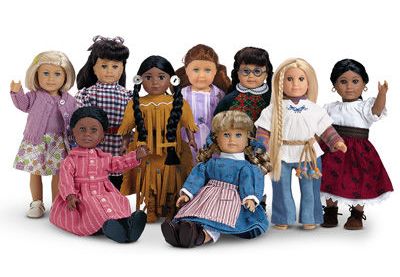A Christmas Story
Growing up in a very typical American family, I was very used to the idea of tradition throughout my childhood. Of course, we had many different traditions that we practiced each year, but the ones I always looked forward to were the ones that fell right around the Christmas holidays. One of the best parts of Christmas Eve was when my parents and my brother and I would gather around the TV to watch A Christmas Story before we all went to sleep. This movie has always been special to me, but I started thinking about it for a different reason after we watched the clip from Tom Corbett, Space Cadet in class.
A Christmas Story was a movie made in 1983 that showcased a typical 1940s middle-class family and their trials and tribulations they experience at Christmas time one year. This film stood out to me for two different reasons that pertained to our class after reading Spigel and watching the short clips in class on Monday. First of all, looking back and realizing how young I was when I started watching this movie was startling. There is definitely adult humor incorporated into the film, and there are also some parts that include curse words. However, the fact that this film is broadcasted on TBS for 24 hours straight on Christmas Eve and Christmas day makes me think I was not the only child being entertained by this movie during the holiday season.
The second reason I thought of A Christmas Story while watching the short clips is because there is a very similar scene to the one in Tom Corbett, Space Cadet where he is plainly advertising Kraft Dairy Fresh Caramels. The scene in A Christmas Story shows the main character getting very excited about receiving his Little Orphan Annie Decoder Pen to decode a message at the end of the radio show. He ends up being disappointed when the message is “Be sure to drink your Ovaltine.” This is another example of the very direct advertising technique used during the 1940s and 1950s. The product placement would have directly appealed to the younger generation since Ovaltine in primarily drank by younger children.

